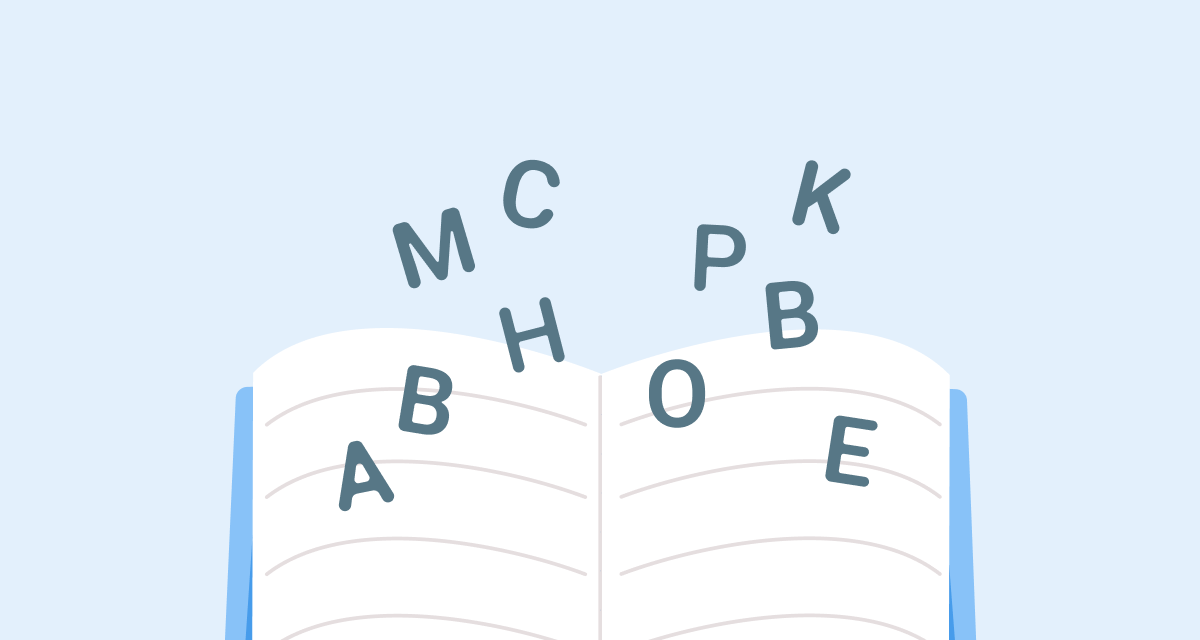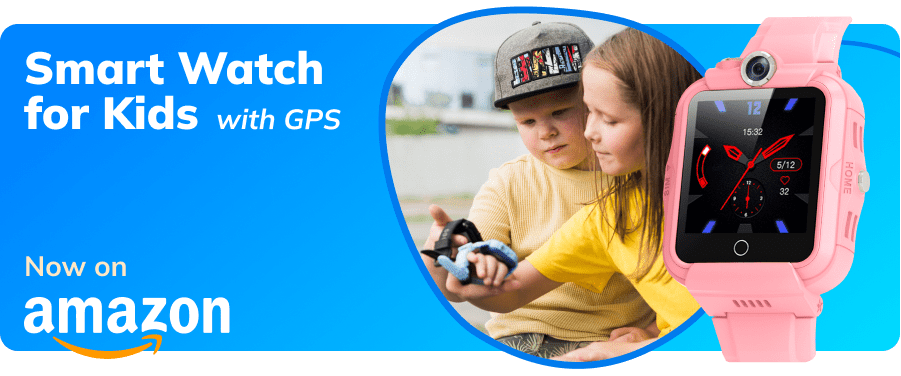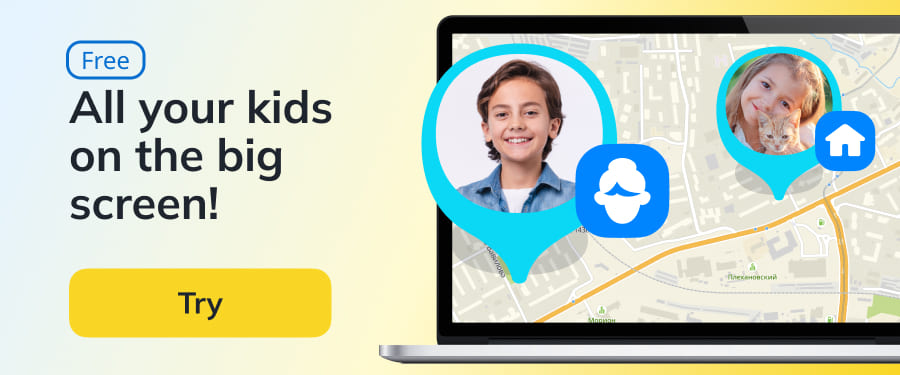Struggling to Read? It Might Be Dyslexia

If your child reads slowly, mixes up letters, skips syllables, or keeps making the same mistakes, it might not just be a temporary difficulty. It could be dyslexia.
This often becomes noticeable in early elementary school. While classmates start reading fluently, a child with dyslexia still “stumbles,” tires quickly, and loses motivation. This article explains what dyslexia is and how to support your child if reading feels hard for them.
What Is Dyslexia
Dyslexia is a neuropsychological difference that makes it harder for the brain to process written language—to recognize letters, connect them into syllables, and understand meaning. It’s not a disease, and it has nothing to do with intelligence, motivation, or effort. The brain just works a little differently.
Dyslexia is often accompanied by dysgraphia, which affects writing skills.
Research shows that in children with dyslexia, the connection between brain areas responsible for language, hearing, and vision functions differently. The causes can vary—from genetics to early speech development difficulties.
How Dyslexia Shows Up
Reading mistakes are normal when a child is just learning, but if by ages 7–8 your child still reads slowly, confuses letters, and struggles to understand what they read, it’s a good idea to talk to a specialist.
Parents should pay attention if a child:
- Reads syllable by syllable and often makes mistakes
- Confuses or swaps letters (like b and p)
- Mixes up or rearranges letters and syllables (“tap” becomes “pat”)
- Doesn’t understand what they’ve read
- Guessing words instead of finishing them
- Avoids reading out loud
- Uses short phrases and often asks you to repeat things
- Gets tired quickly from reading or complains of headaches when doing it
Sometimes children with dyslexia also have trouble with writing, remembering sequences (like days of the week), paying attention, or orienting in space. A delay in speech development in early childhood or similar reading difficulties in family members can also be important signs.
Dyslexia Is Not a Sentence
Dyslexia is not an illness. It’s a difference in how the brain processes visual information. It affects around 17–23% of people, including many well-known figures like Leonardo da Vinci, Albert Einstein, Walt Disney, Quentin Tarantino, and Keira Knightley.
Studies show that early identification and consistent support make a huge difference. With timely help, 70–90% of children with dyslexia successfully learn to read and study. The key is to start early and not delay.
Support from family and cooperation with professionals can help children with dyslexia build confidence, learn effectively, and feel proud of their progress.
What to Do If You Notice Signs of Dyslexia
Reading is the foundation for learning in every subject. When this skill doesn’t come easily, it can affect motivation and self-esteem. That’s why it’s so important to notice the difficulties early and find the right help.
If you think your child might have dyslexia, start by consulting a speech therapist or neuropsychologist. They’ll help determine whether reading difficulties are related to dyslexia or to something else, like hearing issues or attention challenges.
Support usually involves a team of specialists:
- A speech therapist teaches sound recognition, improves phonemic awareness, and works on comprehension.
- A neuropsychologist helps develop attention, memory, and coordination.
- A special education teacher adapts the learning process to the child’s needs.
Lessons often use games, sound and movement exercises, and visual activities. Everything happens at the child’s own pace, with encouragement and positive feedback.
How to Help at Home
Your presence and support are already a huge help. Try not to scold your child for mistakes, compare them to others, or rush them—it doesn’t speed up progress, it only hurts confidence. Here’s what can help:
- Read together. Alternate paragraphs, help with tricky words, and talk about the story.
- Use audiobooks and subtitles. This keeps interest in stories alive, even if reading itself is hard.
- Play with words. Rhyming games, riddles, and wordplay help train listening skills and make reading more fun.
Supporting Your Child Emotionally
For a child with dyslexia, even simple tasks can feel like big challenges. They often hear comparisons — “Others can read already, why can’t you?” — which can be deeply discouraging.
Your support as a parent is the most powerful tool. Here’s what matters most:
- Let them know you’re on their side. Say, “You’re trying hard, and I know you’ll get there. We just need a little more time.”
- Separate mistakes from the child. Instead of, “You did it wrong again,” try “Let’s try that word one more time—it’s a tricky one.”
- Praise effort, not just results. Progress comes from persistence.
- Create a calm environment. Dyslexia can bring anxiety; make home a place where mistakes are safe.
- Offer breaks. After challenging tasks, take a walk or play together. It helps release tension and rebuild motivation.
Every child can learn—just in their own way. Believe in your child, stay close, and they’ll find their path to success with your support.
References:
- 10 Reasons to Embrace Neurodiversity, Parent and Teen, 2024
- Individuals with dyslexia use a different visual sampling strategy to read text, Scientific Reports, 2021
- Phonological remediation in schoolchildren with ADHD and dyslexia, CoDAS — Journal of Communication Disorders, Audiology and Health, 2020
Проверьте электронный ящик



















